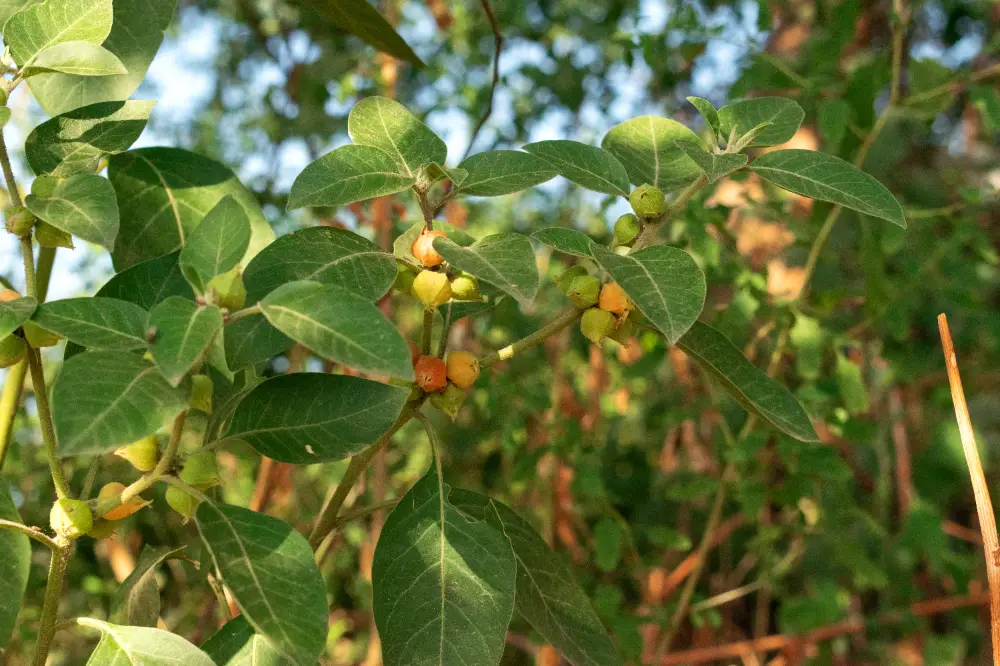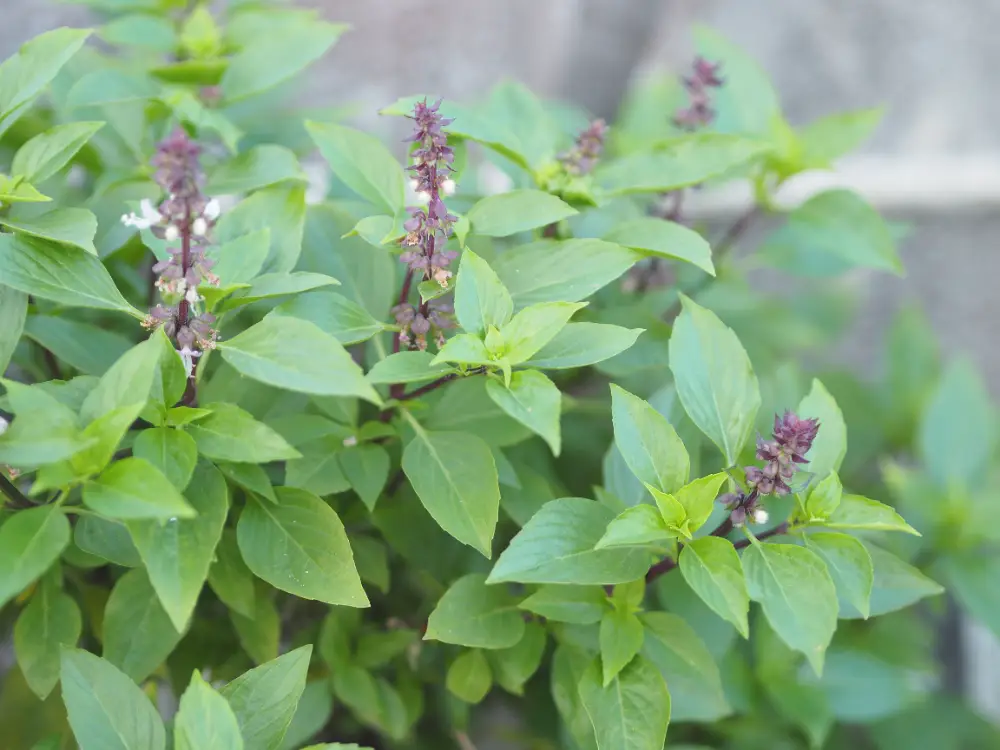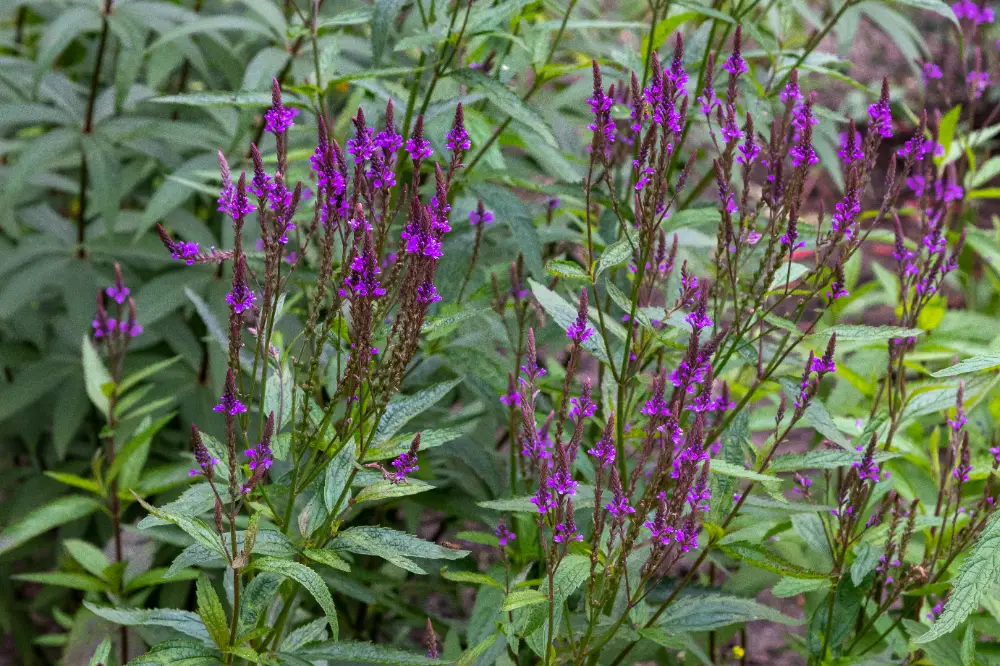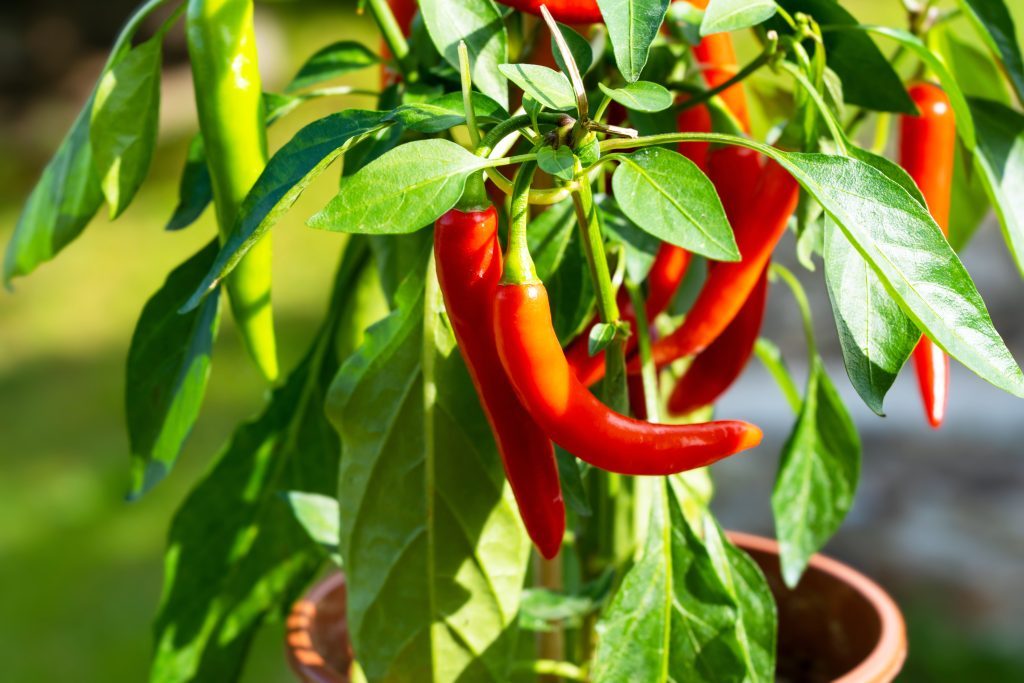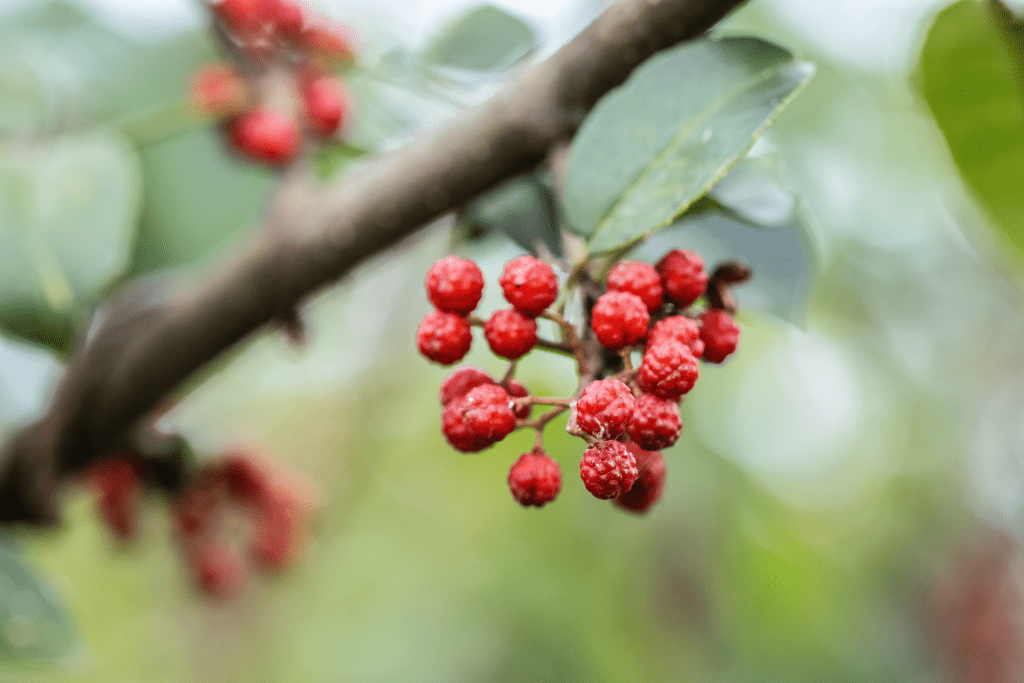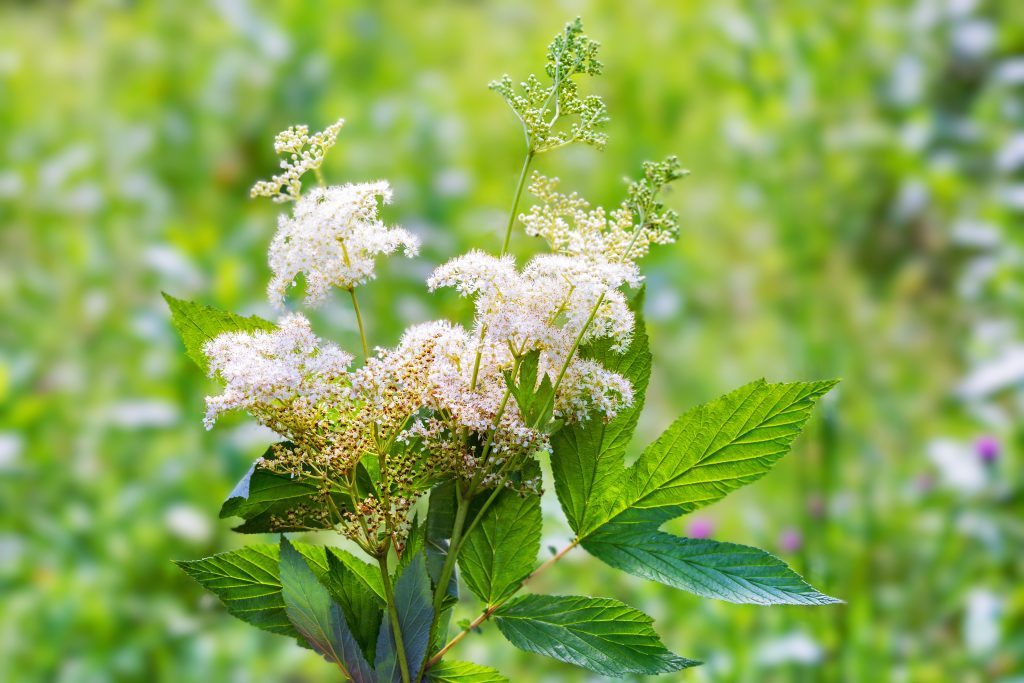
Yellow Dock
Rumex crispus
Polygonaceae family
Earth-Root Purifier, Gentle Tonic & Blood-Cleaner
Other names:
Curly Dock, Sour Dock, Narrow Dock, Rumex, Lengua de Vaca
Superpower
To gently stimulate the internal flow of elimination and renewal, supporting the blood, liver, and digestive passage while anchoring root vitality.
Cautions
-
Avoid during pregnancy and breastfeeding due to laxative and strong alterative effects.
-
Use cautiously in individuals with GI disorders (can irritate stomach/intestines).
-
Contains high levels of oxalic acid in leaves (risk of kidney stones or mineral binding if consumed in large quantities).
-
May interact with blood-clotting medications (may speed or slow clotting).
Known Chemical Constituents
Volatile Oils: (small amounts)
Terpenoids: (including sterols such as β-sitosterol)
Flavonoids: e.g., quercetin-3-O-β-D-glucuronide and other flavone/flavonol derivatives
Polyphenols: broad array of phenolic compounds including proanthocyanidins
Phenolic Acids: such as caffeic acid, related hydroxycinnamic acids
Anthraquinones / Naphthalenes: e.g., emodin and other anthraquinone glycosides (laxative activity)
Botanical Description
Yellow Dock is a perennial herb of the Polygonaceae family, typically growing from a deep yellow-colored forked taproot. The leaves form a basal rosette and are lanceolate to oblong, with strongly waved or curly edges (giving the species name crispus). Flowering stalks rise up to 1 m or more bearing branched racemes of small reddish-green flowers which later produce brown shiny seeds enclosed in a calyx. The plant often thrives in disturbed soils, roadsides, pastures and fields.
Fun Facts
The deep yellow root gives the plant its common name “yellow dock” and in folk traditions the yellow color was thought to reflect its power to support the “yellow” (biliary) functions of the liver and gallbladder. Also, its curly leaf edges were thought to resemble water waves, linking it symbolically to movement, flow and elimination.
Parts Used
Root (primary), occasionally the leaves and seeds.
The root contains the highest concentration of anthraquinones and mineral compounds, making it the chief medicinal part. The leaves, while edible when young, are high in oxalates and used sparingly. Seeds are sometimes used in traditional herbal preparations as gentle tonics or poultices.
Harvest
Timing: Harvest the root in late summer to early autumn after the plant has flowered and been allowed to accumulate reserves in the root. Leaves may be harvested in spring if used as a botanical forage.
Method: Use a spade or fork to lift the large taproot, wash gently, cut and separate the fine rootlets, and remove soil. Leaves should be harvested cleanly from plants with healthy growth.
Storage: Dry roots in a shaded, ventilated area until firm and crisp. Store in airtight containers, cool and dark. Dried root retains potency for 1 year or more. Leaves should be used soon or dried similarly in small bundles.
Preparations
-
Decoction of root (e.g., ½-1 tsp chopped root per cup water, simmer 10-15 min)
-
Tincture of root (e.g., 1 : 5 root in 50% alcohol)
-
Infusion of leaves (for lighter tonic use)
-
Powdered root capsules or blended into formulas for iron support
-
Topical root extract or leaf poultice for skin conditions
Sacred Rituals
Yellow Dock may be used in ritual work for release, letting go and purification. The root—deep in the earth—can be used in grounding rituals, symbolically drawing up what is stagnant and returning it to the light for transformation. It is also supportive in grief work and emotional clearing, assisting the body’s natural rhythms of elimination and renewal.
Affirmations
“I surrender what no longer serves me and allow my body, mind and spirit to flow in harmonious renewal.”
Spiritual Associations
Yellow Dock is associated with purification, renewal, and the release of old burdens. It supports the journey of letting go—whether physically, emotionally or spiritually—and invites a deeper connection to the earth’s cycles of degeneration and regeneration.
Functions
An alterative is an herb or substance that gradually and gently improves the function of the body, often by enhancing the body’s natural detoxification and elimination processes, thereby promoting overall health and vitality.
Anti-inflammatoryA substance or agent that reduces inflammation in the body, soothing irritation, swelling, or redness in tissues.
Antimicrobial
A substance or agent that inhibits the growth of or destroys microorganisms, including bacteria, viruses, fungi, and protozoa.
antipruriticAstringentA substance or agent that causes contraction or tightening of tissues, often reducing secretions or bleeding.
Bitter digestive stimulant
Refers to a substance or agent, typically an herb, that activates the production of digestive juices and enzymes through its bitter taste, enhancing digestion and nutrient absorption.
CholagogueA substance or agent that promotes the release of bile from the gallbladder into the digestive tract, aiding in digestion and detoxification.
depurativeDiuretic mild
A substance or agent that gently increases urine production, helping to promote fluid balance and support kidney function without causing significant electrolyte loss.
HepaticA hepatic is a substance that supports, protects, or improves the function of the liver, aiding in detoxification, bile production, and overall liver health.
Laxative mildA substance or agent that gently stimulates bowel movements without causing irritation or dependency, promoting natural elimination.
LymphaticA lymphatic is a substance that stimulates or supports the flow of lymph, aiding in the removal of waste, toxins, and excess fluids from the body while enhancing immune function.
NutritiveA nutritive is a substance that provides essential nutrients, supporting the body’s growth, repair, and overall vitality.



